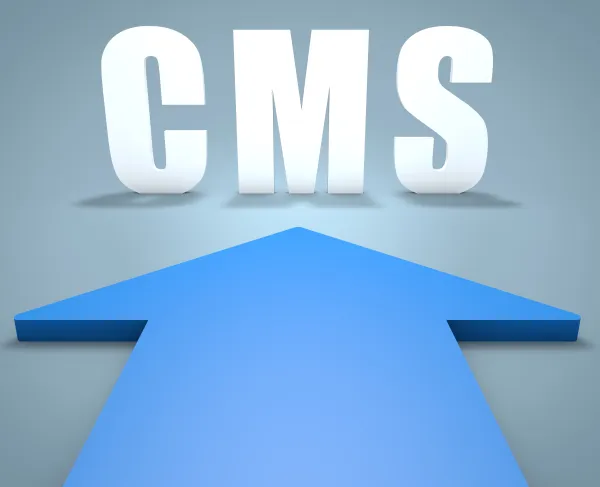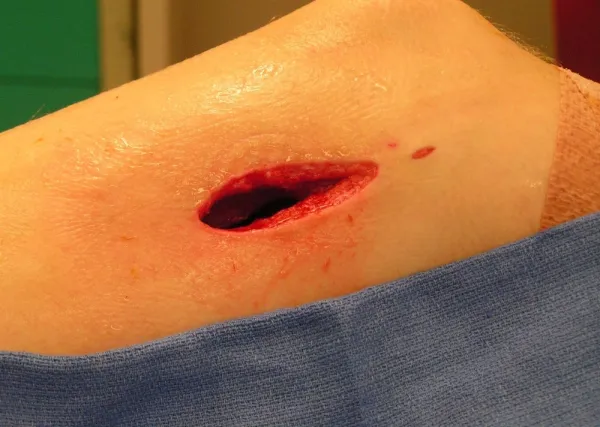Are You Prepared to Withstand CMS's ICD-10 Expectations Post-Grace Period?

Be scrupulous with your code choices, and watch for expiring LCDs.
Have you already begun to feel the real impact of the ICD-10 implementation? Medicare’s ICD-10 flexibilities have come to an end, your ICD-10 coding skills are under the microscope. If you are still learning how to pick the most specific code from a sea of diagnosis options, you may be setting yourself up for denials. Read on to learn what CMS wants, and get an insight on how to survive this rapid turn of events.
“CMS will not extend ICD-10 flexibilities beyond October 1, 2016,” the agency said in an Aug. 8 update to its Q&A on the grace period. Get ready to face multiple coding disputes, and denials if you are not careful. Among other coding intricacies to watch for, “there will be issues particularly with laterality and mitigating factors,” says Sarah Goodman, MBA, CHCAF, CPC-H, CCP, FCS, president of the consulting firm SLG, Inc., in Raleigh, N.C.
Can You Still Use Unspecified Codes?
While you should avoid unspecified ICD-10 codes whenever documentation supports a more detailed code, these less-specific codes aren’t entirely off limits.
“You should code each health care encounter to the level of certainty known for that encounter,” says CMS in the Q&A. “When sufficient clinical information is not known or available about a particular health condition to assign a more specific code, it is acceptable to report the appropriate unspecified code.”
Tip: Be sure to check the coding on each claim to make sure that it aligns with the clinical documentation.
Example scenario: Documentation hints that the patient has viral pneumonia, but you cannot find the exact name of the pathogen in the records. In this case, you may code J12.9 (Viral pneumonia, unspecified).
Another scenario: The provider documents a bronchopneumonia but does not determine the specific type. This may lead you to the J18.- category (Pneumonia, unspecified organism) but be certain to at choose the code specific for bronchopneumonia, J18.0 (Bronchopneumonia, unspecified organism).
When it comes to coding with the highest degree of specificity, “for facility coders that don’t have a direct link to the physicians this proves to be particularly challenging,” says Joanne Schade-Boyce, MS, BSDH, CPC, ACS, AHIMA Approved ICD-10-CM/PCS Trainer and Ambassador with FairCode Associates, LLC, in Marco Island, FL. “Physicians will see an increase in querying. I advocate facility coders to seek physician champion(s) to assist with peer to peer communication.”
Remember: “Now, more than ever, physicians and facility coders are going to have to work together to ensure the medical record contains the level of specificity, as well as the documentation of the medical necessity of procedures performed to ensure clean claims and maintain the financial health of both physician and hospital entities,” advices Boyce.
Find Out Whether NCDs and LCDs Will Be Overhauled
You won’t see an extensive overhaul of NCDs and LCDs as a result of the FY 2017 ICD-10 update.
Why: 3,549 new codes (97% of the total update) are cardiovascular system codes. Although this may not result in too many global changes to the existing NCDs and LCDs; “readers are likely going to see familiar LCDs expiring with no renewals; as many of the contractors are electing to forgo LCDs in favor of articles,” says Boyce. “So, if you are used to looking up LCDs and find that there aren’t any or note the number of them have drastically reduced, then be sure to search for articles for contractor guidance.”
How to tackle NCD changes: “Since the ICD-10 startdate, some NCD’s have been an issue for hospitals; especially for Percutaneous Transluminal Angioplasty (PTA),” says Boyce. “Revenue integrity departments should do outreach to physicians and corresponding departments and offer a review copy of the coverage determination for a better understanding of the challenges that might exist for coding and billing department.”
Ensure You Have Maximum ICD-10 Specificity
“While this year’s update includes many new codes, the new clinical concepts are minimal,” says CMS in its clarification. To make certain you’re on the right path with the update, determine which codes affect your practice, and focus on the clinical concepts behind new codes.
Final takeaway: Handle ICD-10 coding updates as the same way you handled the annual ICD-9 changes. Keep up with payer policy changes, identify new, deleted, and revised codes for each year, and implement these changes in the most effective and seamless way possible.
Note: Read the updated Clarifying Questions and Answers Related to the July 6, 2015, CMS/AMA Joint Announcement and Guidance Regarding ICD-10 Flexibilities here: https://www.cms.gov/Medicare/ Coding/ICD10/Clarifying-Questions-and-Answers-Related-to-the-July-6-2015-CMS-AMA-Joint-Announcement.pdf. For additional ICD-10 coding resources, visit the provider resources section of the CMS ICD-10 website at: www.cms.gov/medicare/coding/icd10/providerresources.html.




